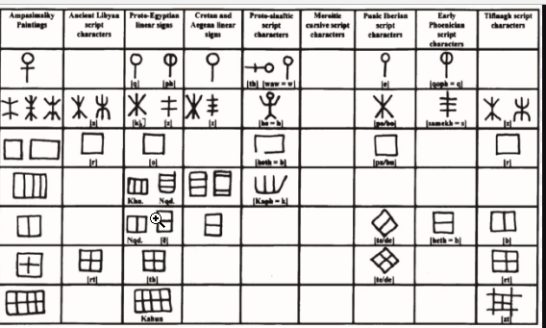
Decidedly the old Berber raises from its ashes thanks to science.
While jealous and malicious nations after crushing it by military savagery, buried it, given its civilizational epochs to imaginary people such as the Egyptians, the Phoenicians and the Arabic. They have reduced them to that of a shadow on their lands, a vile mercenary ready to serve all the infamous causes their enemies find to make them play the role of a minion.
Here is the science of DNA coming to the rescue. Whether the so-called Punic civilization placed in the east, or the Pharaonic period, where cinematographic production sometimes insinuates that it is the Martians who are at the origin and the first people has surrendered to the Americans. This new science places the Berber as the central part in the history of mankind.
Europeans have always asserted that Madagascar has only been inhabited since the year 800, because they considered the African population to be incapable of sailing the 400 kilometers that separated the island from the continent during the ancient epoch. An archaeological team has just completed its research work : The Berbers were on this island 500 years BC.
DISCOVERY OF PREHISTORIC AND REGISTRATION PAINTINGS LIBYCO-BERBERE (500 BC – AD 800) IN THE SOUTH-WEST REGION OF MADAGASCAR